Learning space is one of the most crucial resources to help students learn in their own terms.
Photo: Bigstock.
When it comes to spaces, we need the room in which we teach and learn is friendly to the process, efficient, even responsive, a true ally for cognitive development. Active learning puts the students at the center of their own learning process, encouraging them to take a more active role in it.
There are resources we could use in the classroom to make the most of it; we bring five of them for teachers to consider.
1. The classroom display
Something as simple as a board can help build an active learning experience in the classroom. The board is an information platform that allows teachers to be more visual and concise with the content they make.
Through notes, shapes, diagrams and other creative elements, students can be more engaged in the absorption of content and remember it better in the long term. Teachers can change the information on the display periodically to give students a chance to learn about more subjects.
This also opens the door to other activities like class discussions, group projects, essays or even invite the students to make the displays themselves, which would reinforce learning even more and give them more freedom to learn the way they decide to.
2. Flexibility in space
The arrange of physical spaces in the classroom place can be an excellent incentive for active learning, especially for younger children. Is important to keep in mind the fundamental qualities that a classroom should have to serve its purpose: simplicity and easy communications.
To turn the classroom into a sharp learning tool, we need to understand that dialogue is as vital as concentration to work individually. The designated space for the class should help children to stay calm enough, without too many distractions at the same time that enables proximity among students and with the teacher.
There’s no one-size-fits-all for classrooms but is recommended to have a flexible layout that facilitates different kinds of sessions, like to have a group conversation or writing a paper about it.
3. Flipped classroom
Flipped classroom imply an inversion in school activities. Instead of going over the subject contents over the class, the teacher asks students to do it at home so that class-time can be about conversation, discussion and reinforcement of the information learned, this way students take charge of their interactions with class materials, giving more room for engaging activities.
4. Acoustics
One of the most critical aspects of the classroom is noise control, even in group tasks. There’s a psychological effect associated with the excess of noise; it can produce stress and make concentration more difficult for students, especially if they sensible to sounds or have learning disabilities.
It is fundamental that the classroom is built and arranged to keep the sound from bouncing back, as well as to organize class interactions in which students speak by turns or to keep their voice in a tone that does not disrupt concentration for the rest of the class.
5. Break-out areas
Give students their own place to work and be creative can do a lot to send them on the right path of active learning. A break-out area is that designated space in the classroom in which the student chooses the materials and contents for their own learning.
When students take ownership of these elements, it creates a sense of responsibility and encouragement to learn.
Active learning consists of making students protagonists on their learning process. We have to remember that to produce a safe environment in which all students can develop their individuality and find the balance between learning and working as a team, is the first step to apply all these resources and turn a classroom into a place with purpose.
This article from Observatory of the Institute for the Future of Education may be shared under the terms of the license CC BY-NC-SA 4.0 
)
)
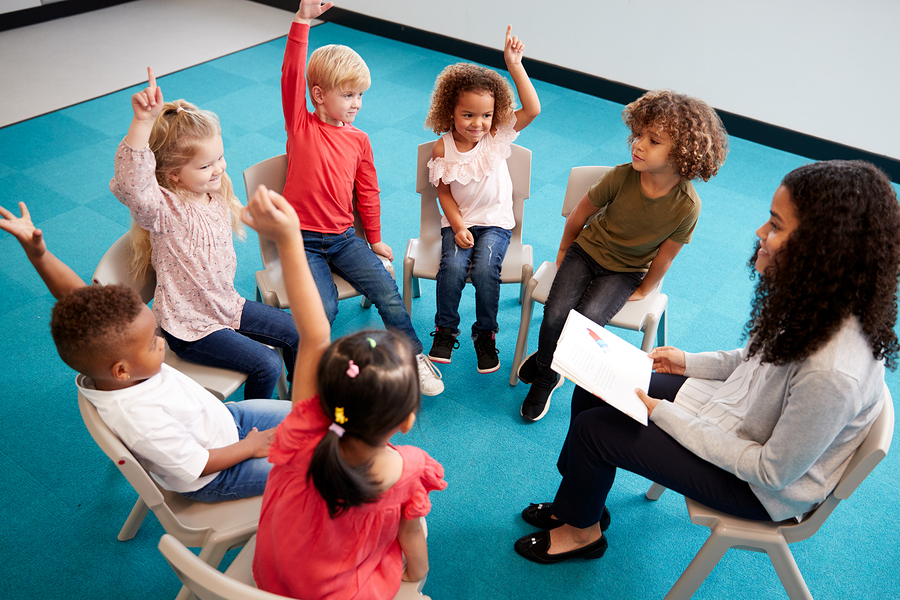



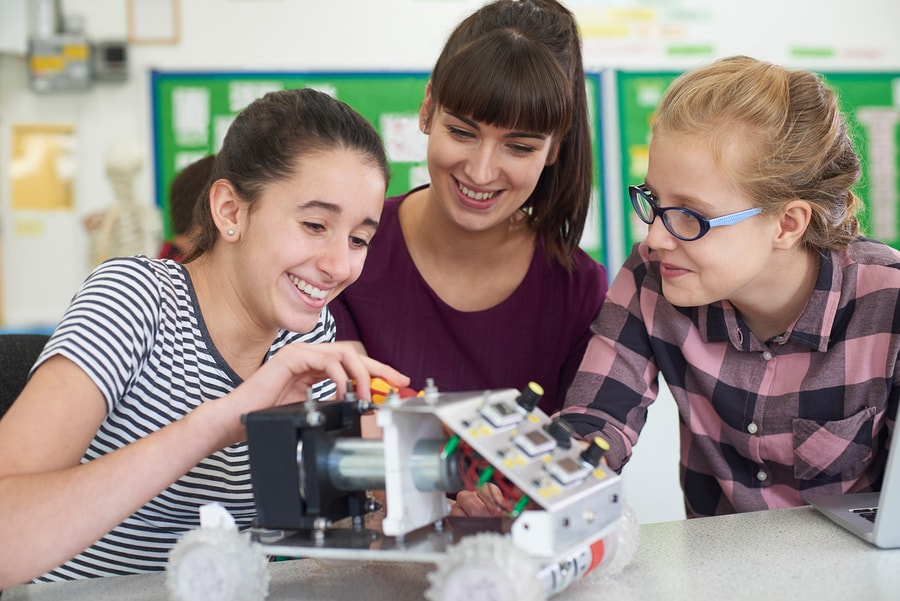


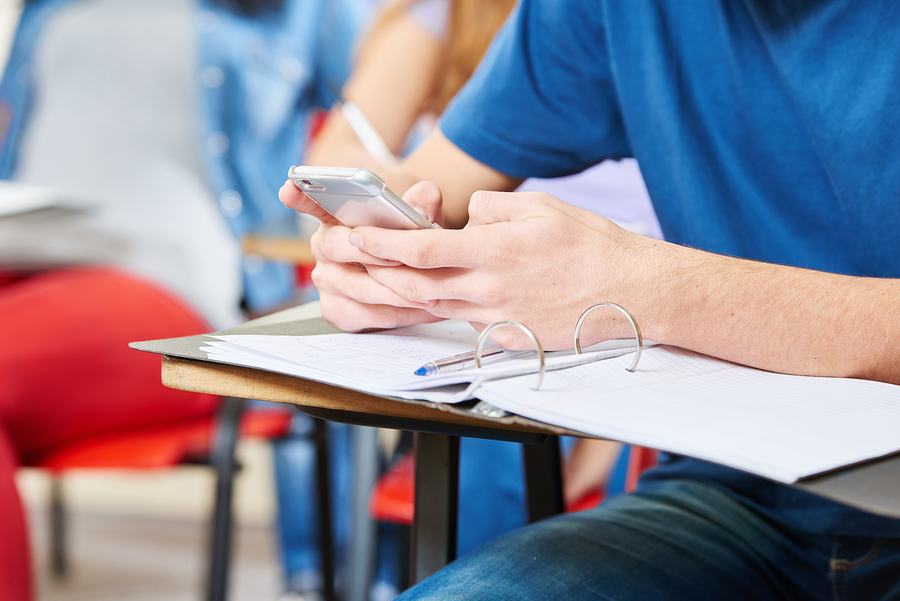

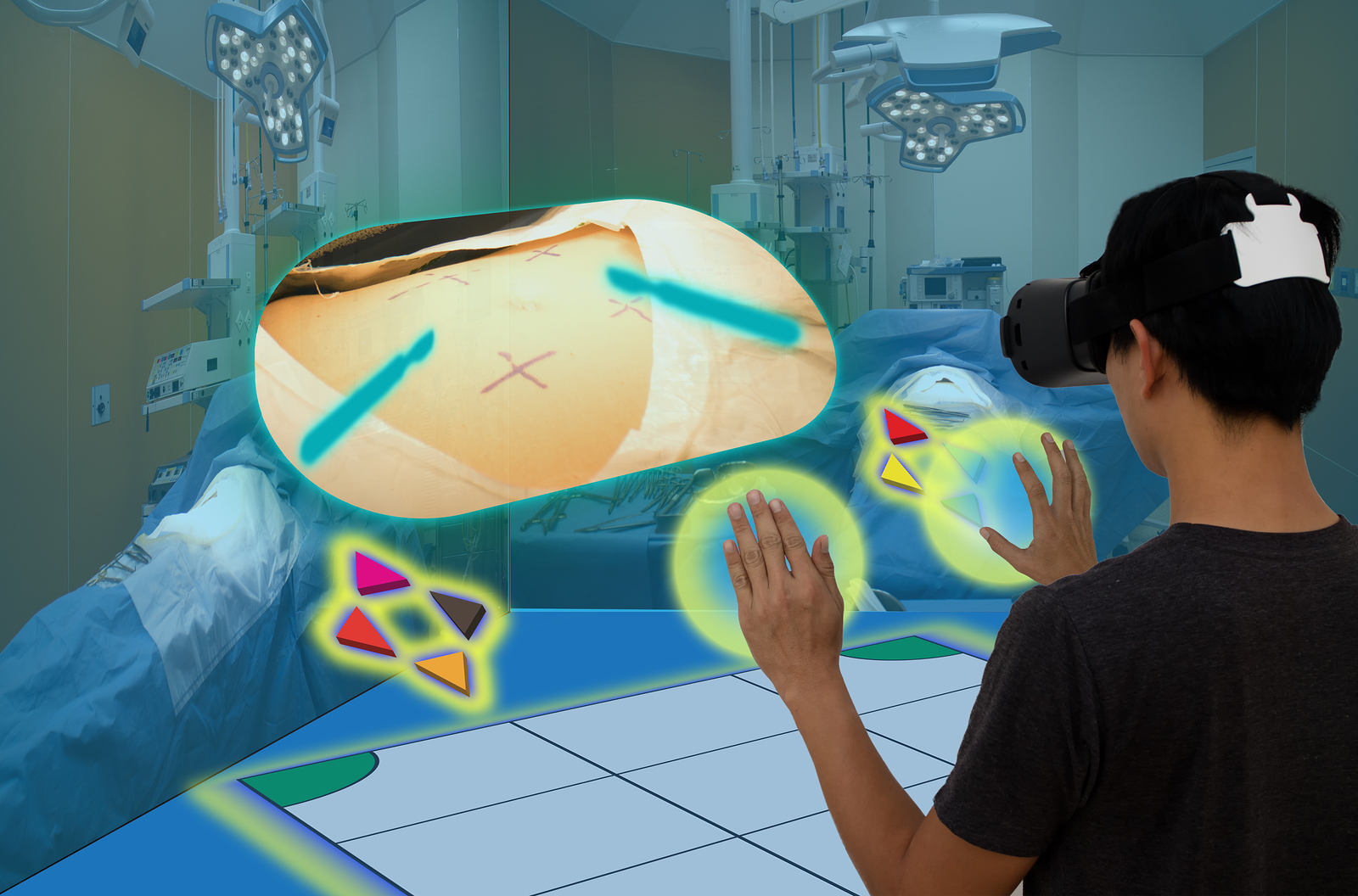
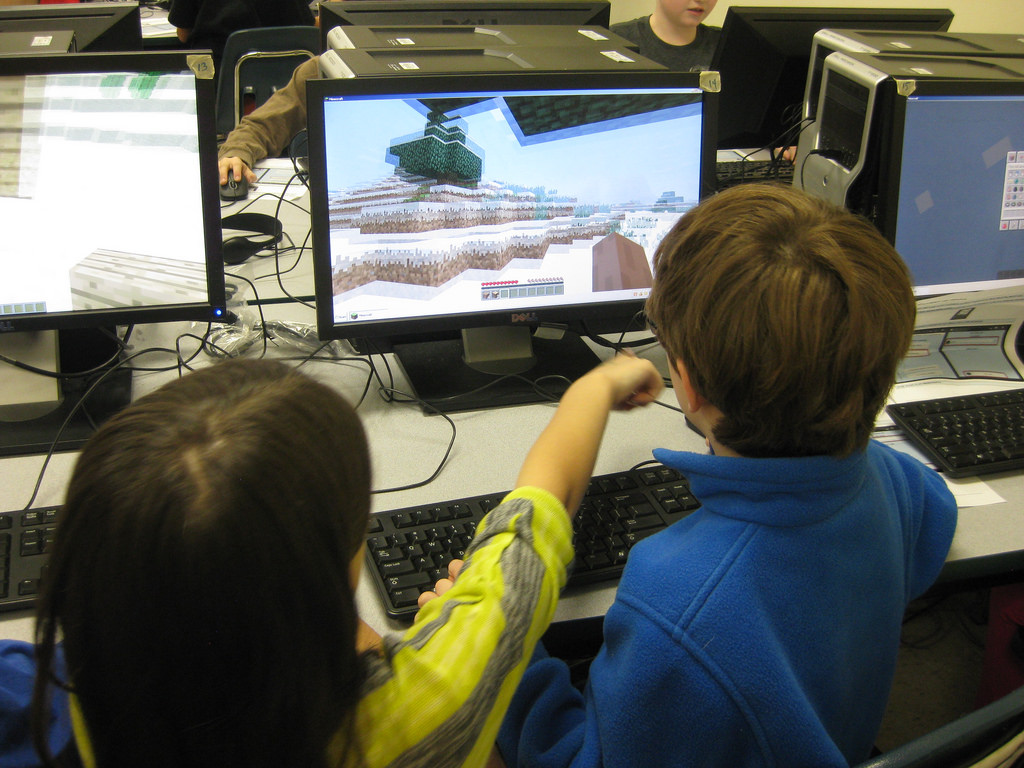
)
Perla Téllez Garza
Perla Téllez Garza
Perla Téllez Garza